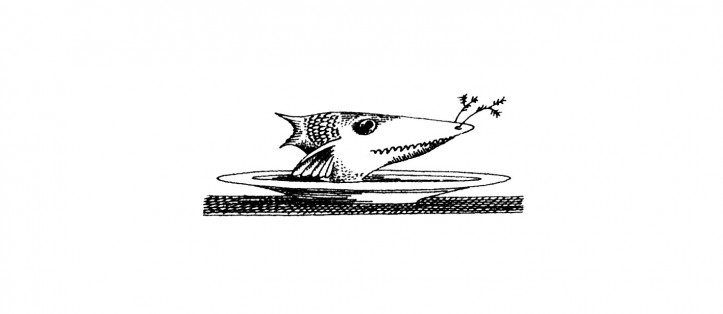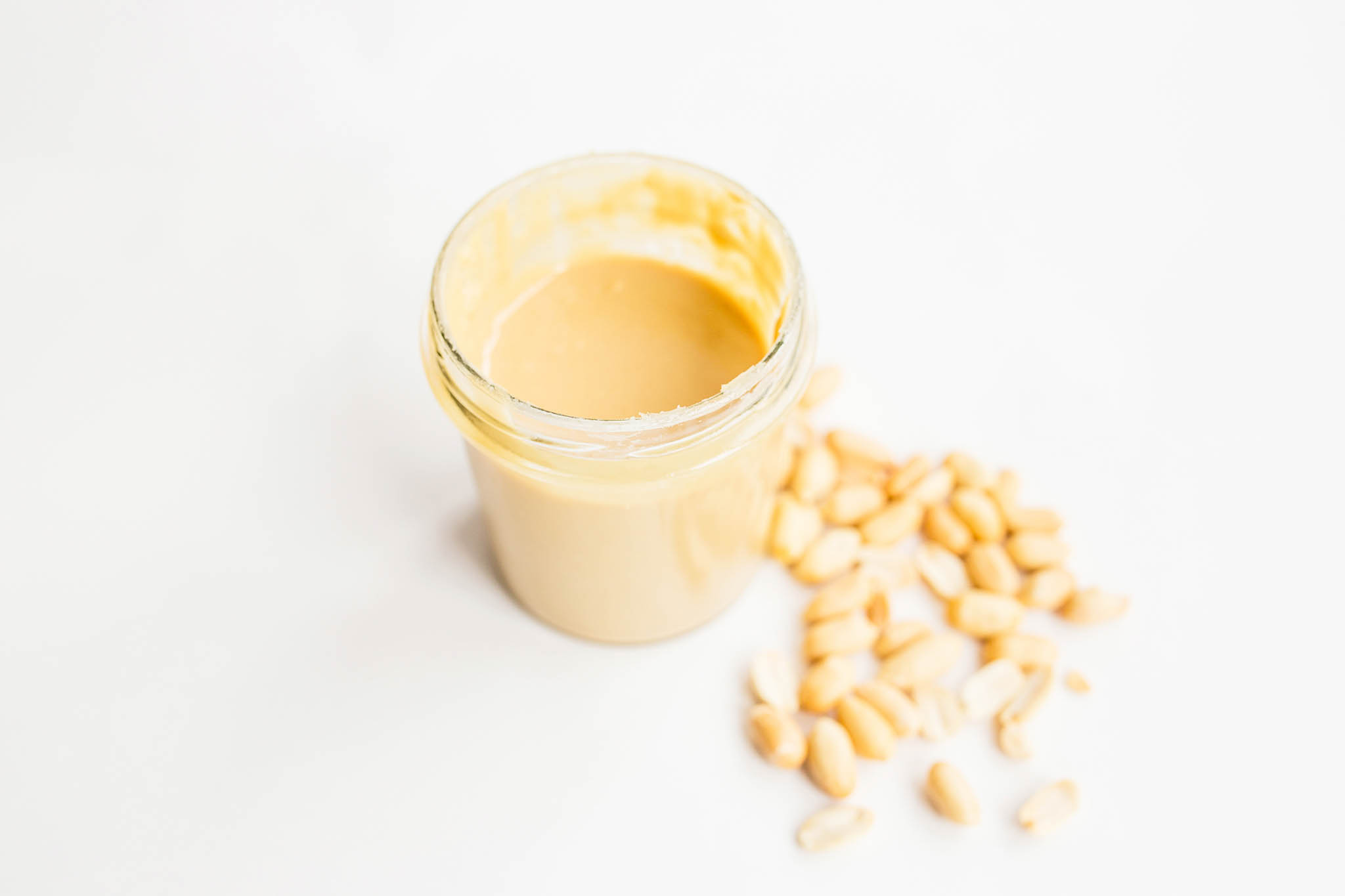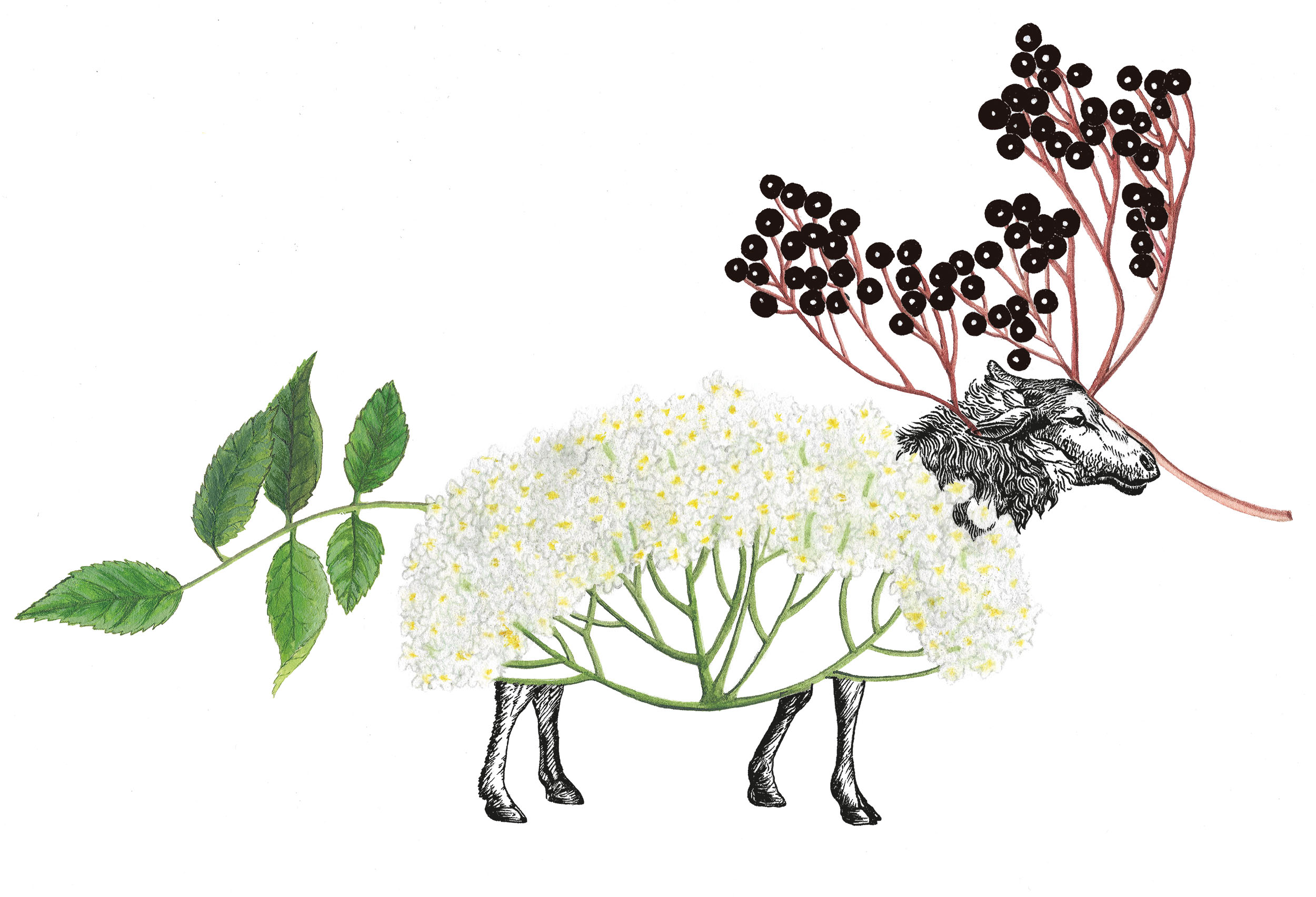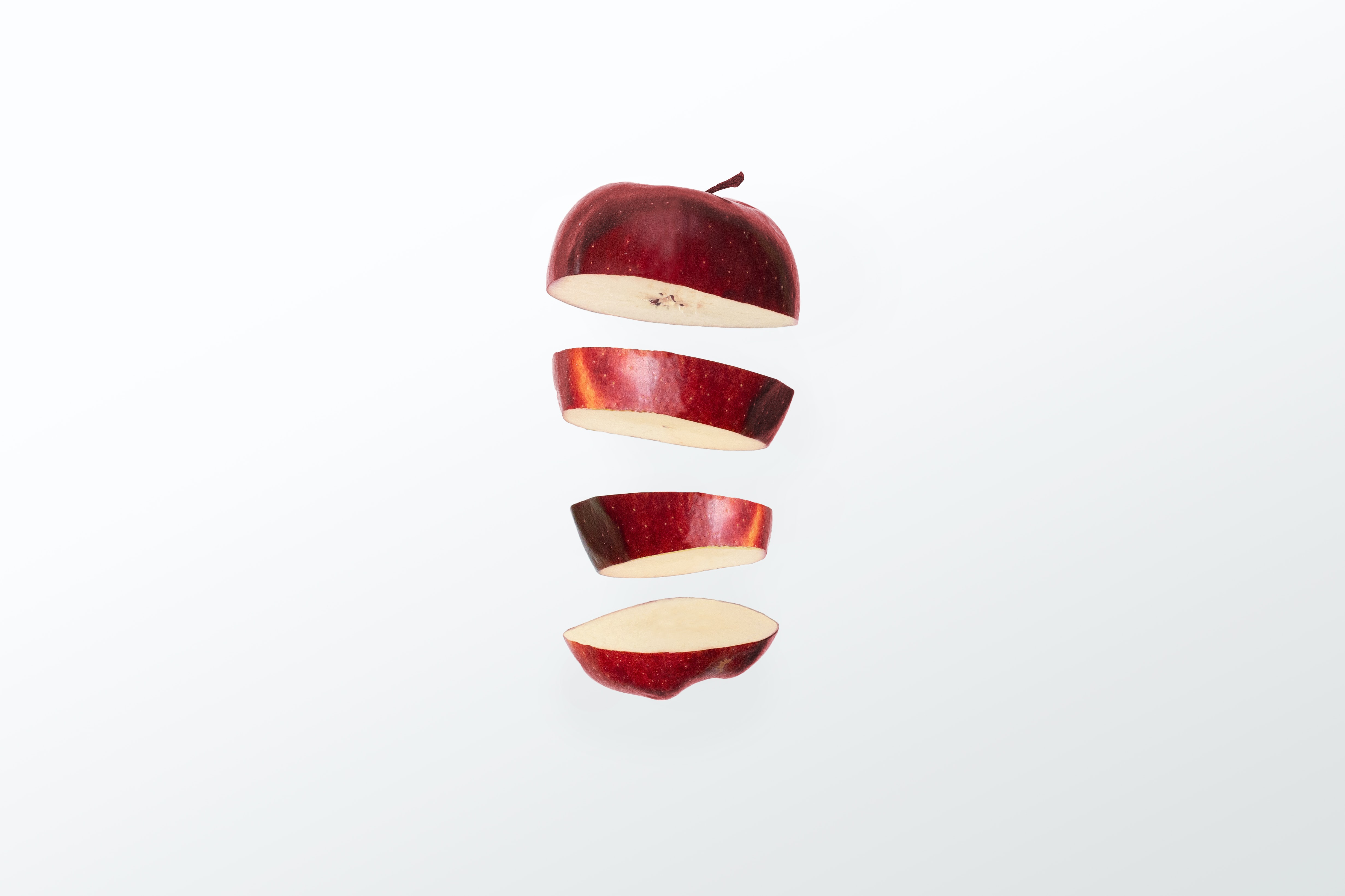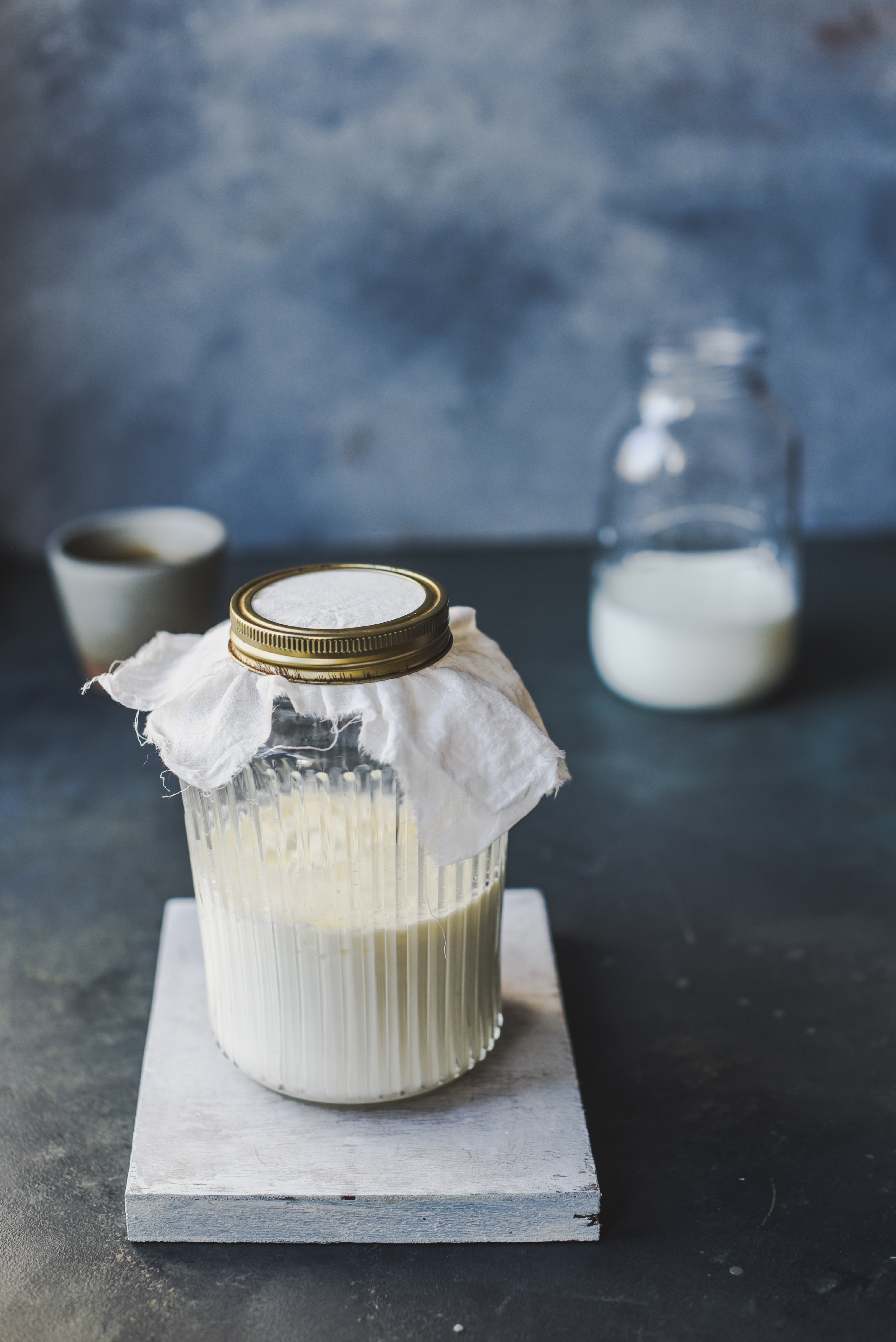
More than 3000 years ago, the pre-Incan people of Peru placed peanuts in their burial tombs to signify that ‘we are born from the land, and when we die we return to the land’. In the tomb of the great Moche warrior the Lord of Sipán, golden and silver beads in the shape of peanuts were found on a necklace (along with his dog and two lamas), giving tribute to the gods of the Sun and of the Moon.
Like the Peruvian Moche lords, peanut butter was the culinary Machu Picchu of my deep childhood. In Poland, a similar equivalent of childhood nostalgia might be kogel mogel, an egg-based dessert. However, I would argue that peanut butter carries with it more gravitas. At an early stage in my life, I had a birthday cake made from a mountain of layered crepes, peanut butter and honey – to this day, it is my favourite birthday cake. Later in my childhood, I lived in Malaysia and Indonesia. I remember how the fragrance of chicken satay from the street vendors perfumed the humid air; tender morsels of chicken, marinated in peanut butter and exotic spices, grilled over simmering coals. This rustic dish transformed my childhood infatuation with peanut butter into a very grown-up one.
When I first arrived in Poland, I was disappointed by the selection of peanut butter on offer in my local grocery store, so I began buying large bags of peanuts and made my own spread at home. When we moved into our home in the Warsaw suburb of Sadyba, I was thrilled to discover an elderly walnut tree in our back yard. Walking around the local Jeziorko Czerniakowskie nature reserve, I discovered several more walnut trees, and began to collect the nuts each year for walnut butter and nalewka liquer.
Nut butters are exceedingly easy to make, and cost a fraction of the price of products offered in the grocery store. Additionally, there are no thickeners and excessive sweeteners, so it’s easy to restore this simple condiment to the health food it was born to be. While peanut butter is most popular, you can make nut spreads from any kind of nut. All you need is a food processor. Really, any choice of nut will do. Peanuts tend to be less expensive than other nuts, but I’ve also used sunflower seeds, pumpkin seeds, walnuts, almonds, cashews, or a mixture of my favourites.
Peanut Butter
500g peanuts (or other nuts of your choice)
2-4 tbsp vegetable oil (please, do not use palm oil)
1 tbsp good quality honey
1 tsp salt
The beauty of this recipe is that it can be adjusted to suit your preferences. I usually lightly roast the nuts in my oven to start with, as it produces a deeper flavour. If you roast the nuts, keep a close eye on them as they will burn quickly. Try 170°C for about five minutes.
If you like a crunchy peanut butter, place 100g of nuts in the food processor and pulse until the nuts are reduced in size, but not yet smooth. Set them aside to add later. If you like a smooth spread, then skip this step.
Pour the remaining nuts into the food processor and blend on high speed until the nuts break down into a smooth paste, pushing down the sides as you go (this should take about five minutes). As you blend, start adding the oil, a little at a time, until you reach the consistency that you desire. Season with salt if needed, and sweeten with about two tablespoons of good quality honey. When you’re happy with the taste and consistency, fold the remaining nuts into the spread and store in an air-tight container in the refrigerator.
